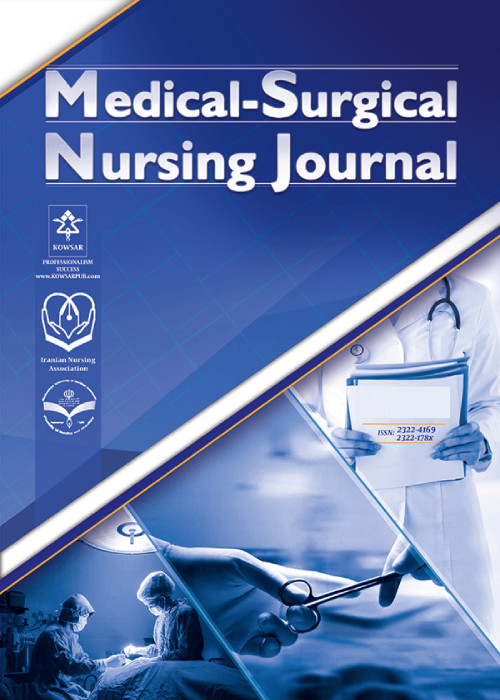Predictors of a Health-Promoting Lifestyle in Women of Reproductive Age
Considering that women are the main components of family health and the main models for education and promotion of healthy lifestyles to the next generation, the study of lifestyle and effective factors in promoting women’s health, especially at reproductive age, is of great importance.
The present study aimed to determine the predictors of a health-promoting lifestyle in women of reproductive age in Zahedan based on Pender’s health promotion model (HPM).
This descriptive cross-sectional study was conducted on a sample of 200 women aged 15 - 49 in Zahedan, Southeastern Iran, using multi-stage cluster sampling in 2019. The instruments used to collect the data were the demographic information form, the Perceived Self-Efficacy scale, the Perceived Social Support scale, the Perceived Emotions scale, the Perceived Barriers scale, and the health-promoting lifestyle profile II. The collected data were analyzed by descriptive statistics, Pearson correlation coefficient, independent samples t-test, one-way analysis of variance (ANOVA), and multiple linear regression analysis using the enter method in SPSS software (version 25).
The mean score of health-promoting lifestyle was 69.82 ± 13.59 out of the score range of 32 to 128. The highest and lowest mean scores were related to the nutrition subscale (20.08 ± 4.3) and the exercise subscale (14.19 ± 4.51), respectively. It was shown that the health-promoting lifestyle had a significant positive correlation with perceived self-efficacy, perceived social support, and perceived emotions (P = 0.001) and a significant negative correlation with perceived barriers (P = 0.005). The results of multiple linear regression analysis showed perceived self-efficacy (P = 0.001), perceived social support, and perceived emotions were predictors of a health-promoting lifestyle in women of reproductive age (P = 0.05, P = 0.001), and these three variables together predicted 37% of the variations in the health-promoting lifestyle score.
This study showed that women with 54.68% of the total lifestyle score did not have an acceptable lifestyle. Besides, perceived self-efficacy was the most important factor and the strongest predictor of women’s health-promoting lifestyle. Accordingly, some interventions must be planned and implemented to improve the health-promoting lifestyle in women of reproductive age and increase their self-efficacy.
- حق عضویت دریافتی صرف حمایت از نشریات عضو و نگهداری، تکمیل و توسعه مگیران میشود.
- پرداخت حق اشتراک و دانلود مقالات اجازه بازنشر آن در سایر رسانههای چاپی و دیجیتال را به کاربر نمیدهد.


